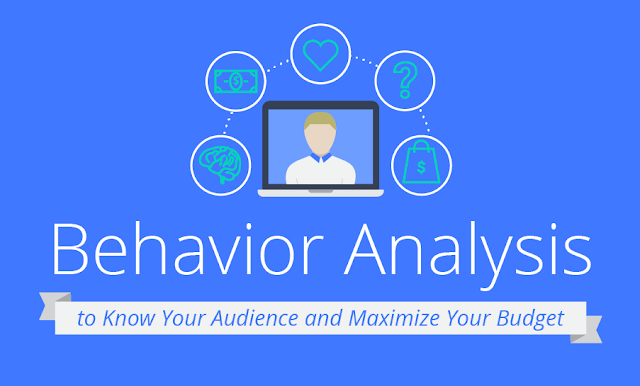There are many examples of companies failing to conduct behavioral analysis, but few examples of brands that manage it successfully. Kraft is one of the success stories. In 2016 Kraft faced a branding problem: The company wanted to remove the artificial colors and preservatives from its classic macaroni and cheese, but its audience was highly averse to change. While most brands would be praised for selling a more organic product, there was a major uproar over Kraft giving up its iconic orange colors and altering its tastes. Many parents consider Kraft macaroni and cheese a staple of their children's diets and worried they wouldn't eat it anymore.
Kraft conducted behavioral analysis and listened to its customers. The company analyzed what buyers knew about the products and how they felt about change. The change was secretly rolled out the change to give consumers time to adapt. Then, last year, Kraft ran ads several months after the change was made highlighting the better ingredients that no one noticed. This allowed the company to make the necessary adjustments without isolating customers and causing a boycott. Behavioral analysis possibly saved them millions in unsold products.
Behavioral analysis is a powerful tool for the companies that use it. It can prevent media crises while making campaigns more efficient. Keep reading to learn how behavioral analysis can help you make smarter decisions with your branding and help you better connect with your audience.


